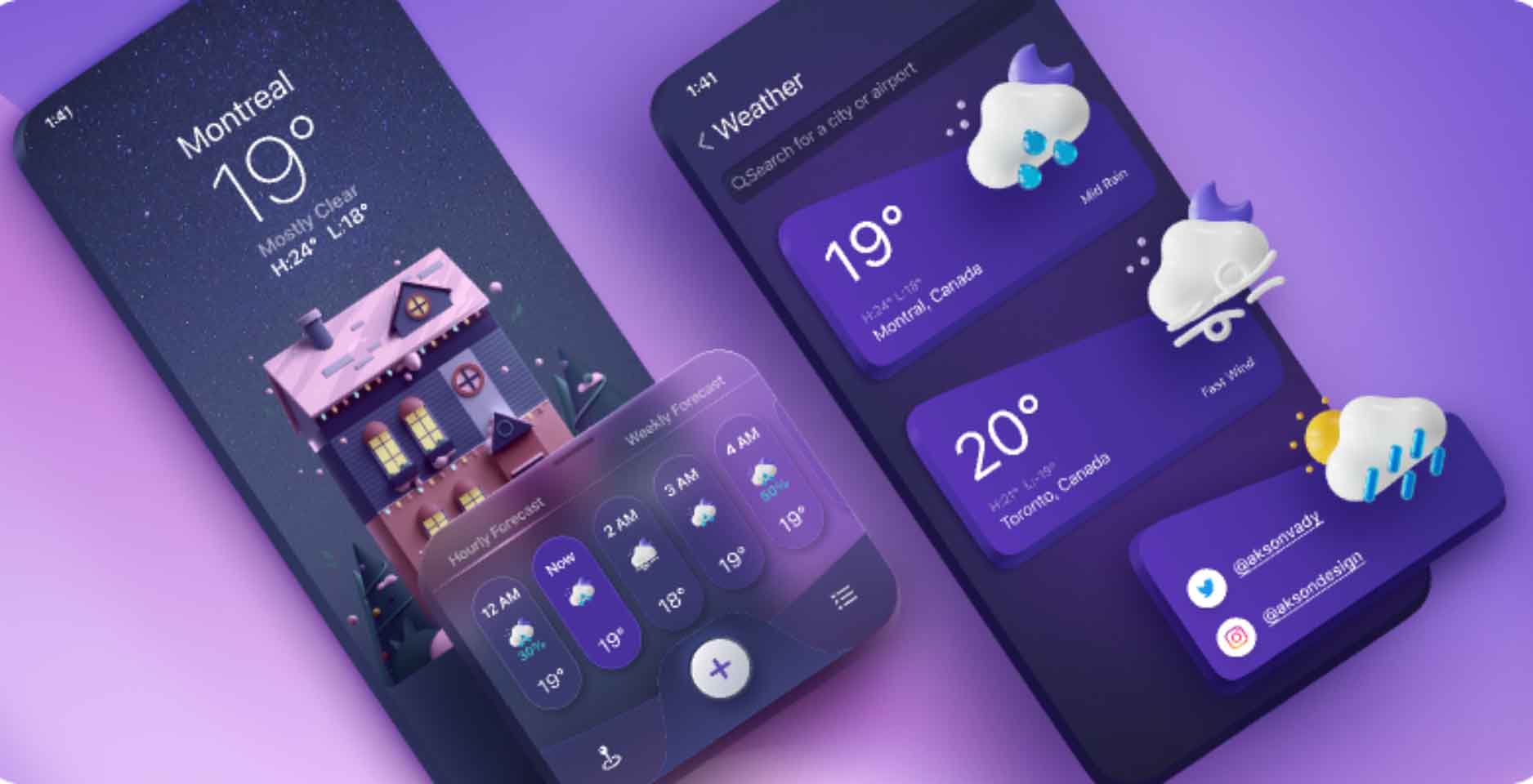
The meteoric rise of technology has permeated every facet of our lives, and weather forecasting is no exception. In the digital age, the Weather App Market has become an indispensable tool for millions around the globe, providing real-time updates, forecasts, and critical information to help individuals plan their daily activities.
This article delves into the intricacies of the Weather App Market, exploring its growth, key players, technological advancements, and the impact on users and society.
The genesis of weather apps can be traced back to the early days of the internet, where basic websites provided static weather information. However, the real transformation began with the advent of smartphones and the proliferation of mobile applications. These apps revolutionized the way people accessed weather forecasts, making it convenient and personalized.
The Weather App Market has witnessed a substantial increase in its user base over the years. With smartphones becoming ubiquitous, users are turning to weather apps for up-to-the-minute forecasts tailored to their specific locations. The ease of accessibility and user-friendly interfaces have contributed to the widespread adoption of these applications.
Several key players dominate the Weather App Market, each offering unique features to attract and retain users. Established names like AccuWeather, The Weather Channel, and Weather Underground have set industry standards, while newer entrants bring innovation and competition. These apps leverage advanced technologies, including artificial intelligence and machine learning, to enhance forecast accuracy.
The integration of cutting-edge technologies has elevated the capabilities of weather apps. Machine learning algorithms analyze vast datasets, historical weather patterns, and real-time atmospheric conditions to provide more accurate and personalized forecasts. Some apps also incorporate augmented reality, allowing users to visualize weather conditions in their immediate surroundings.
One of the driving forces behind the success of weather apps is their ability to offer personalized forecasts. Users can set location preferences, receive severe weather alerts, and tailor the app to meet their specific needs. This customization enhances user engagement and ensures that individuals receive the most relevant information.
The Weather App Market plays a pivotal role in disseminating crucial information during extreme weather events. From hurricanes to wildfires, these apps provide timely warnings, helping communities prepare and evacuate if necessary. Additionally, the accessibility of weather information contributes to increased environmental awareness and sustainable decision-making.
Despite significant advancements, challenges persist in achieving absolute accuracy in weather predictions. The dynamic nature of atmospheric conditions makes forecasting inherently uncertain. Weather app developers continue to work on refining algorithms and incorporating more sophisticated data sources to enhance reliability.
The collection of location data and personal information by weather apps has raised privacy concerns among users. Striking a balance between providing personalized services and safeguarding user privacy is a challenge that app developers must address to maintain trust and credibility.
The increasing frequency and intensity of extreme weather events have brought climate change to the forefront. Weather apps are expected to evolve further by integrating climate change data and providing users with insights into long-term climate trends, fostering a deeper understanding of the impact of global warming.
As smartphones become more widespread globally, there is a growing demand for weather apps in various regions. Developers are focusing on expanding their reach and tailoring their applications to cater to diverse geographical and cultural nuances.
A notable trend in the Weather App Market is the emphasis on hyper-local forecasting. Advanced algorithms enable apps to provide minute-by-minute updates on weather conditions for specific neighborhoods or even street-level accuracy. This granularity enhances the user experience, especially in urban areas with diverse microclimates.
The synergy between weather apps and smart devices is becoming increasingly pronounced. Users can receive weather updates through voice-activated assistants like Amazon's Alexa or Google Assistant. Integration with smart home devices allows for automated adjustments based on weather conditions, such as adjusting thermostats or initiating irrigation systems.
To stay competitive and offer a comprehensive suite of services, weather app developers are forging collaborations and partnerships. These alliances often involve integrating data from other sources, such as traffic updates, event schedules, or even pollen counts, providing users with a holistic view of their environment.
To enhance user engagement, some weather apps are incorporating gamification elements. Users can earn badges or rewards for consistently checking the app, accurately predicting local weather trends, or participating in community challenges. This approach not only keeps users informed but also makes the weather experience more interactive and enjoyable.
Weather apps are increasingly becoming educational platforms. Beyond simple temperature and precipitation data, users can access educational content explaining weather phenomena, climate science, and the mechanics of forecasting. This shift towards education aligns with the broader societal interest in understanding the science behind climate and weather patterns.
Recognizing that users may not always have access to the internet, especially during severe weather events, developers are incorporating offline functionality. Users can download essential weather information in advance, ensuring they stay informed even in areas with limited connectivity.
Social media integration is a growing trend in weather apps, allowing users to share real-time updates on weather conditions with their social networks. This not only serves as a community-building feature but also enhances the dissemination of crucial information during emergencies.
The Weather App Market extends beyond individual users, with businesses leveraging weather data for strategic decision-making. Industries such as agriculture, transportation, and retail use weather apps to optimize operations, manage supply chains, and plan for weather-related disruptions.
The Weather App Market continues to thrive as an integral part of our daily lives, offering not just weather forecasts but also contributing to community safety and environmental awareness.
The combination of technological innovation, customization options, and real-time updates positions weather apps as indispensable tools for individuals, businesses, and governments alike.
As the market continues to evolve, the fusion of artificial intelligence, climate change data, and user-centric design will shape the future landscape of weather forecasting applications, ensuring that users stay one step ahead of the ever-changing elements.